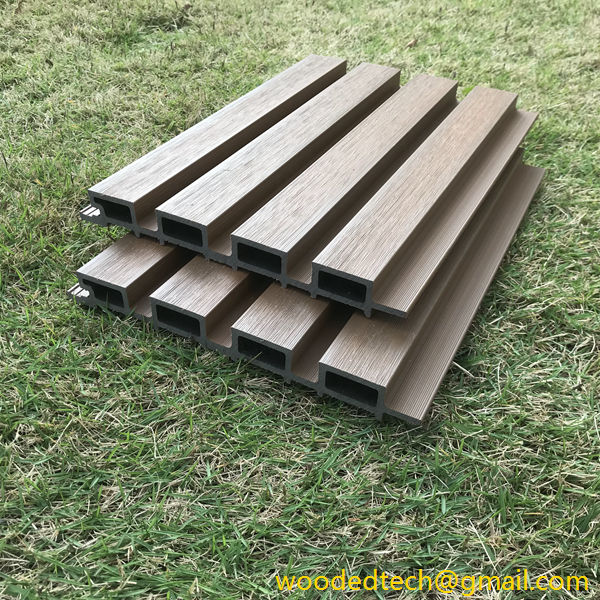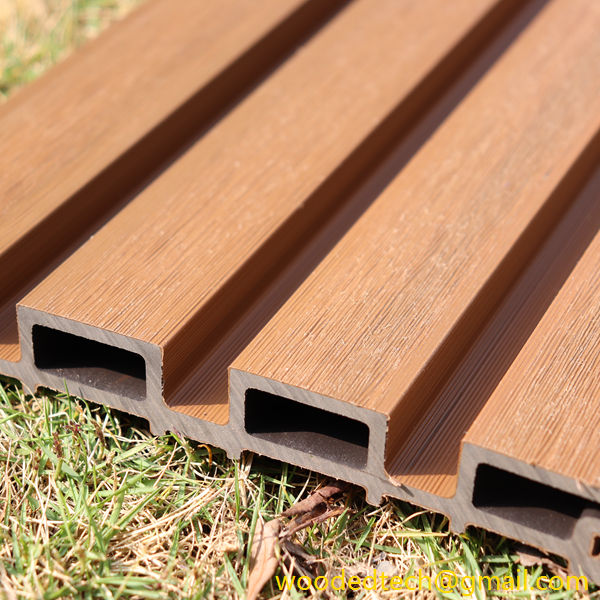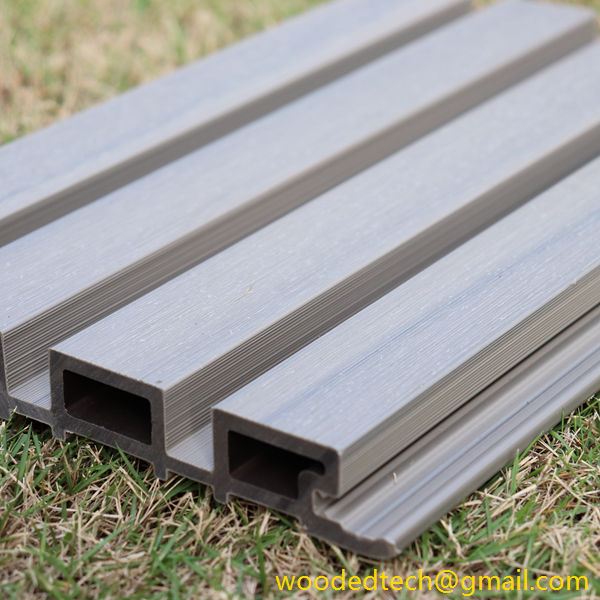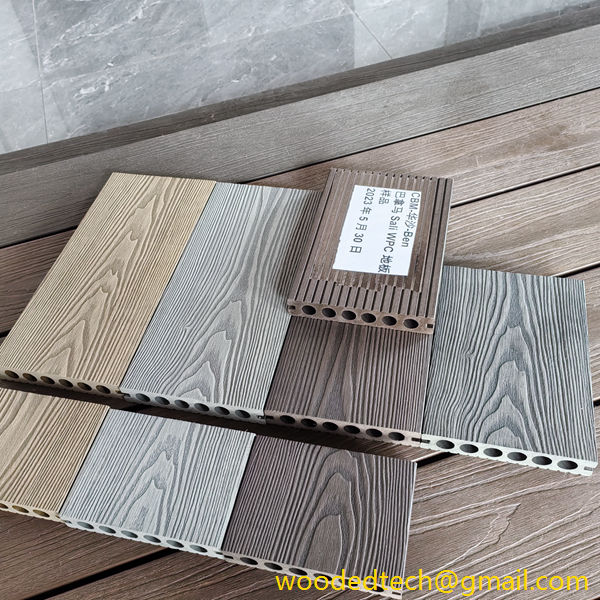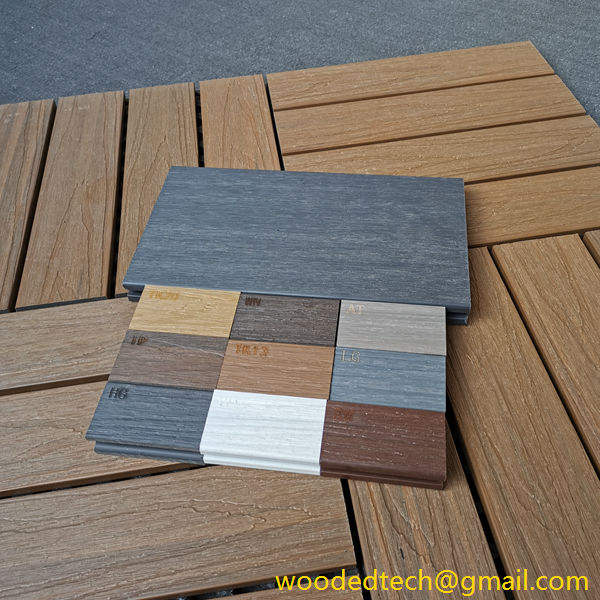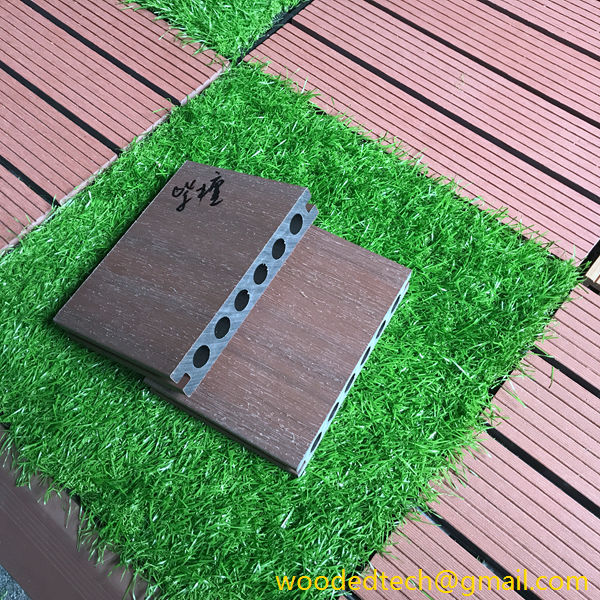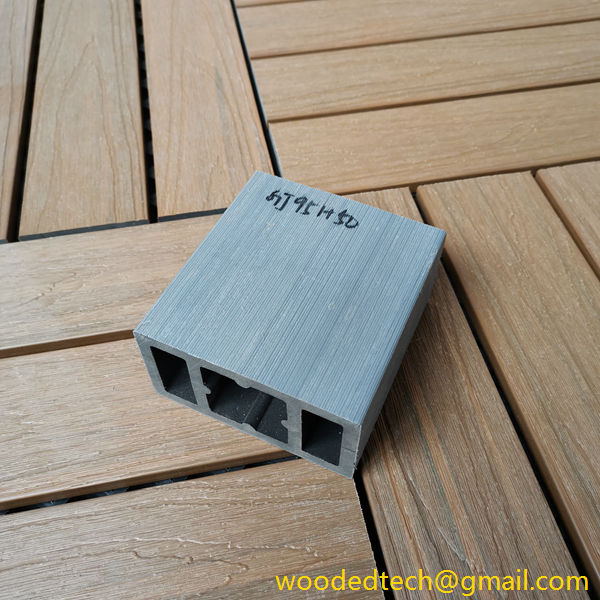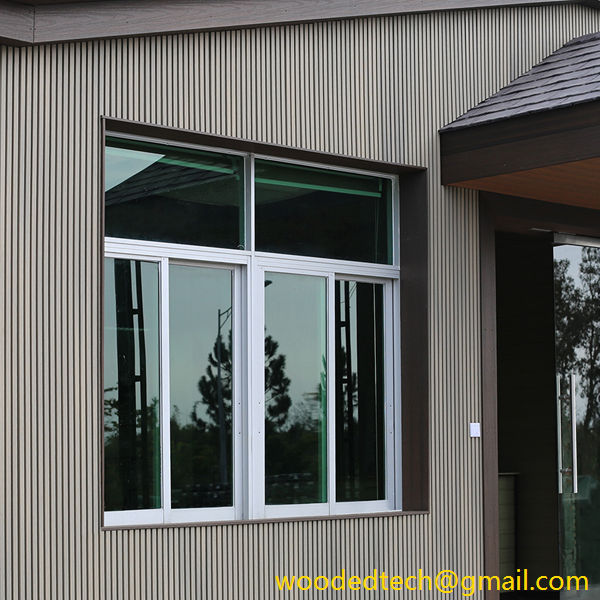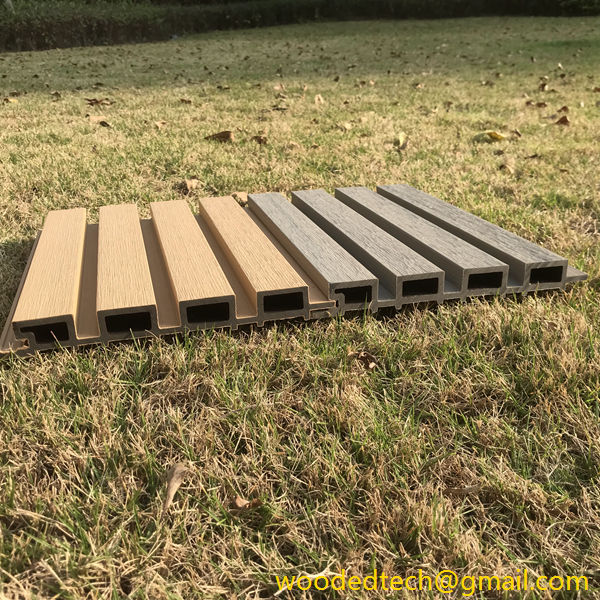Discover the Advantages of WPC Composite Wood Siding for Your Home
Discover the Advantages of WPC Composite Wood Siding for Your Home In the realm of home construction and renovation, choosing the right materials can significantly impact the aesthetics, durability, and maintenance of your property. One option that has gained substantial popularity in recent years is WPC composite wood siding. This innovative material combines the best…
Discover the Advantages of WPC Composite Wood Siding for Your Home
In the realm of home construction and renovation, choosing the right materials can significantly impact the aesthetics, durability, and maintenance of your property. One option that has gained substantial popularity in recent years is WPC composite wood siding. This innovative material combines the best features of wood and plastic, offering a unique range of advantages for homeowners. Among these advantages, the ease of installation stands out as a significant benefit. In this article, we will delve into the various advantages of WPC composite wood siding, with a particular focus on how its easy installation can enhance your home improvement project.
First and foremost, WPC, which stands for Wood Plastic Composite, is engineered to provide an aesthetically pleasing finish that closely resembles natural wood. The appearance of WPC siding can enhance the overall look of your home, giving it a warm and inviting feel. Available in a variety of colors and finishes, WPC siding allows homeowners to customize their exterior to suit their style preferences. This versatility means that whether you are aiming for a rustic charm or a modern aesthetic, WPC siding can meet your vision.
One of the standout features of WPC composite wood siding is its resistance to common issues that plague traditional wood siding, such as rot, warping, and insect damage. Because WPC is made from a blend of wood fibers and recycled plastic, it is more durable and less susceptible to environmental factors. This resilience translates to a longer lifespan for your siding, meaning that once it is installed, you can enjoy the beautiful appearance of your home without the frequent maintenance that wood often requires.
The ease of installation is one of the most compelling reasons to consider WPC siding for your home. Unlike traditional wood siding, which often requires specialized tools and skills for installation, WPC siding is designed to be user-friendly. Many manufacturers offer pre-cut panels that can be easily handled and installed, making it a fantastic option for DIY enthusiasts. With simple fastening systems, you can achieve a professional-looking finish without the need for extensive training or experience.
Another advantage of WPC composite wood siding is its lightweight nature. Compared to traditional wood, WPC is significantly lighter, which simplifies the installation process. This feature is particularly beneficial for homeowners who may want to take on the project themselves, as it reduces the physical strain associated with lifting and handling heavy materials. Additionally, the lightweight nature of WPC means that it can be installed over existing siding, saving time and reducing the need for additional demolition work.
Moreover, the compatibility of WPC siding with various construction techniques makes it an excellent choice for a wide range of homes. Whether you are building a new house or renovating an existing structure, WPC siding can be seamlessly integrated. Its adaptability means that it can be installed on different surfaces, including concrete, brick, and wood, providing flexibility in design and application.
In terms of maintenance, WPC composite wood siding excels as well. Traditional wood siding often requires regular painting or staining to maintain its appearance and protect it from the elements. In contrast, WPC siding typically requires minimal upkeep. A simple wash with soap and water is usually sufficient to keep it looking fresh and vibrant. This low-maintenance characteristic not only saves homeowners time but also reduces the long-term costs associated with upkeep.
Furthermore, WPC siding is designed with sustainability in mind. Many manufacturers utilize recycled materials in their production processes, making WPC a more environmentally friendly option compared to traditional wood. This aspect not only contributes to reducing waste but also appeals to eco-conscious homeowners who wish to minimize their carbon footprint. By opting for WPC siding, you can enhance the beauty and functionality of your home while also supporting sustainable practices.
Another noteworthy advantage is the enhanced insulation properties of WPC composite wood siding. The material’s composition provides better thermal insulation compared to traditional wood siding. This feature can lead to improved energy efficiency in your home, helping to keep heating and cooling costs down. By reducing the amount of energy needed to maintain comfortable indoor temperatures, WPC siding contributes to a more sustainable living environment.
In conclusion, WPC composite wood siding presents a multitude of advantages for homeowners seeking to enhance the exterior of their homes. Its resemblance to natural wood, combined with its resistance to environmental damage, makes it an attractive option. The ease of installation is a significant benefit, allowing for a straightforward process whether you choose to hire professionals or take on the project yourself. Additionally, its lightweight nature, low maintenance requirements, sustainability features, and improved insulation properties make WPC siding a smart investment. By choosing WPC composite wood siding for your home, you can enjoy a beautiful, durable, and environmentally conscious exterior that stands the test of time.

